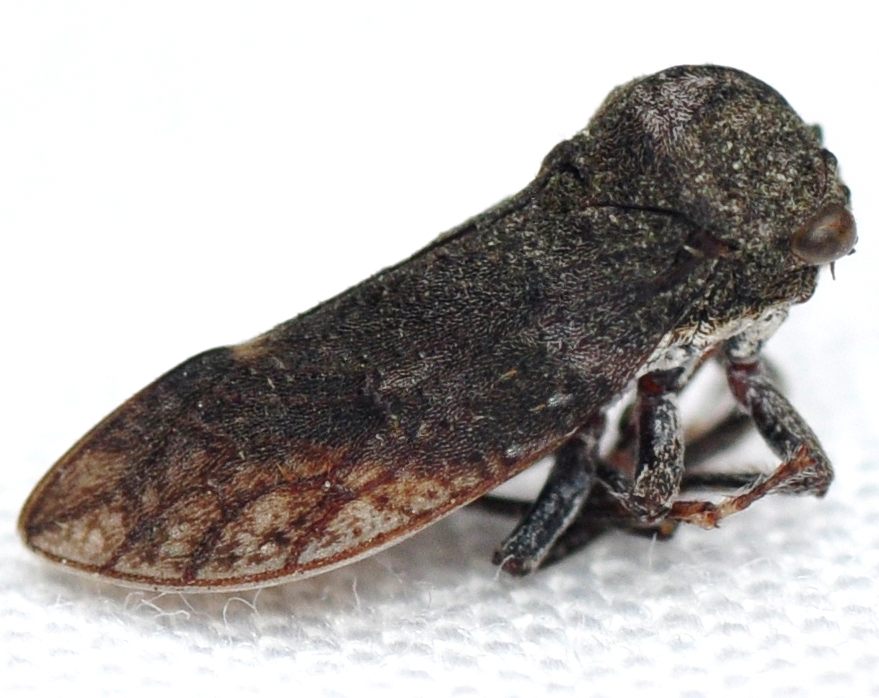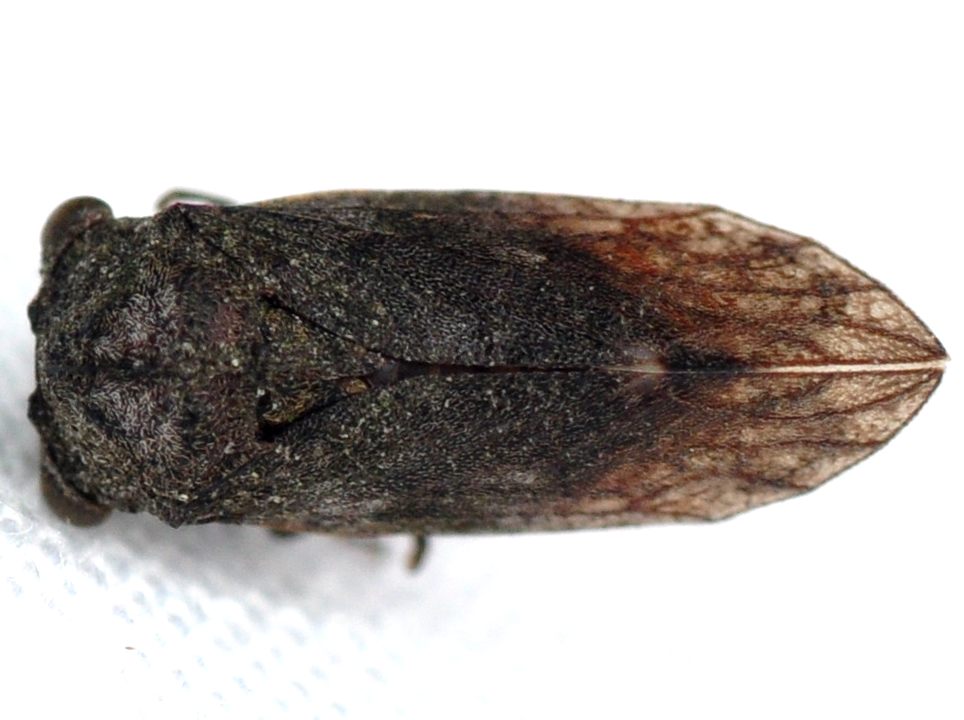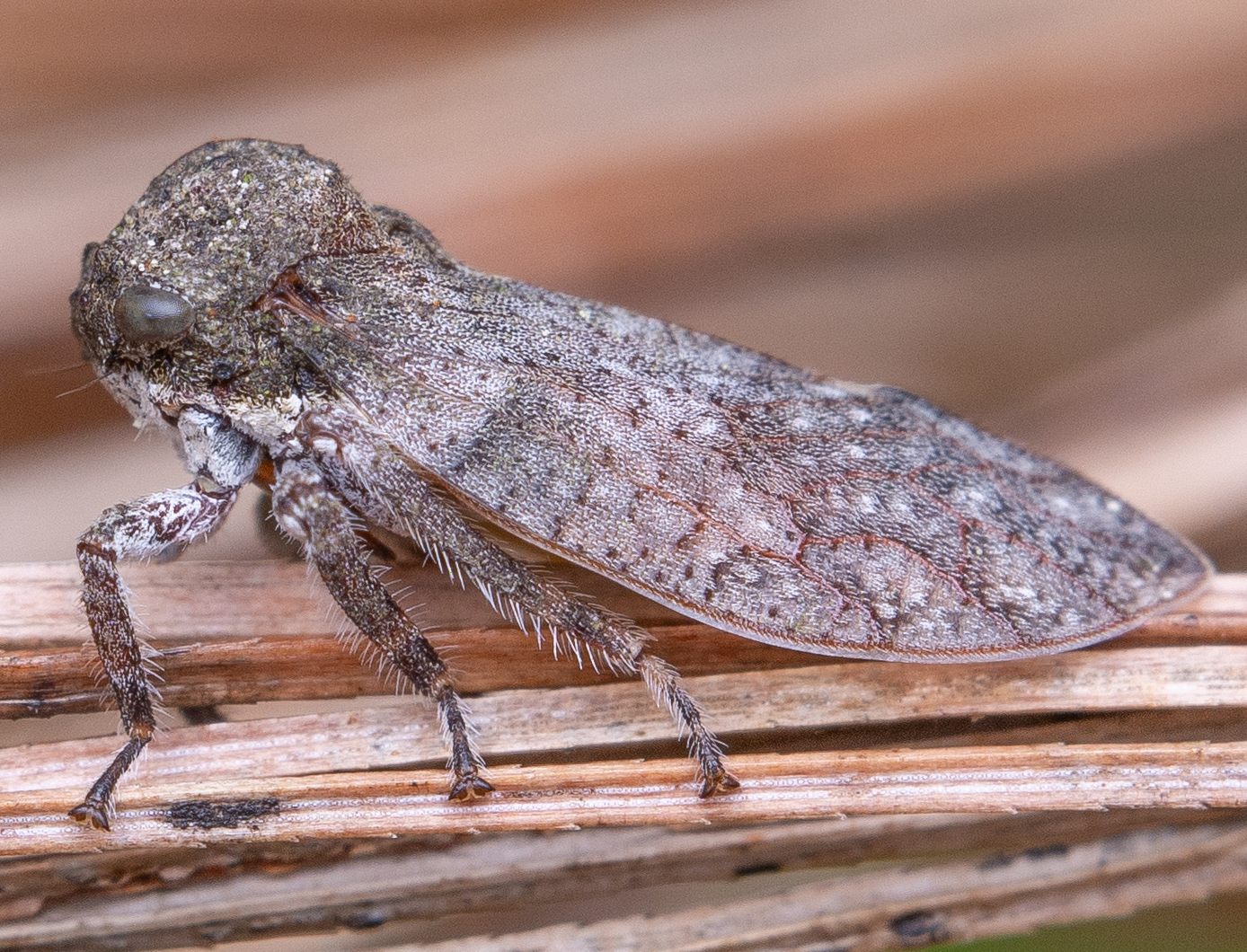| Family (Alpha): | |||
« |
 » » |
| MEMBRACIDAE Members: | NC Records | |||||
|---|---|---|---|---|---|---|
Microcentrus caryae - Hickory Stegaspidine Treehopper | ||||||
 © Kyle Kittelberger- side view |  © Kyle Kittelberger- top view |  © Fred Coyle- note rounded pronotum |  © Fred Coyle |
|
Hoppers of North Carolina: Spittlebugs, Leafhoppers, Treehoppers, and Planthoppers |
| Family (Alpha): | |||
« |
 » » |
| MEMBRACIDAE Members: | NC Records | |||||
|---|---|---|---|---|---|---|
Microcentrus caryae - Hickory Stegaspidine Treehopper | ||||||
 © Kyle Kittelberger- side view |  © Kyle Kittelberger- top view |  © Fred Coyle- note rounded pronotum |  © Fred Coyle |